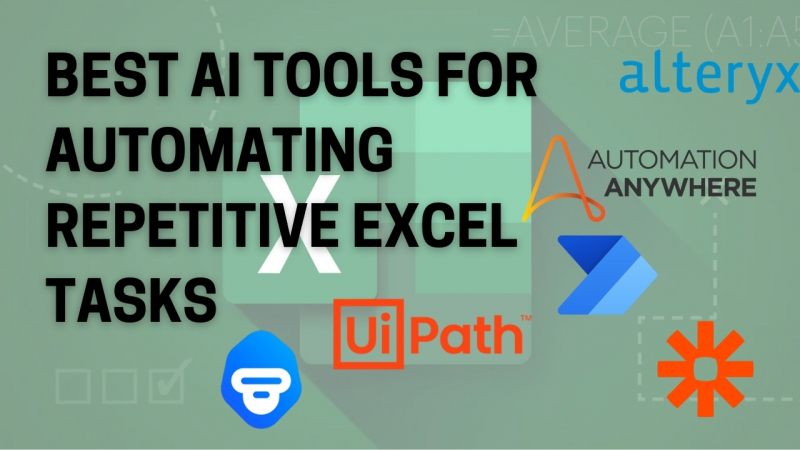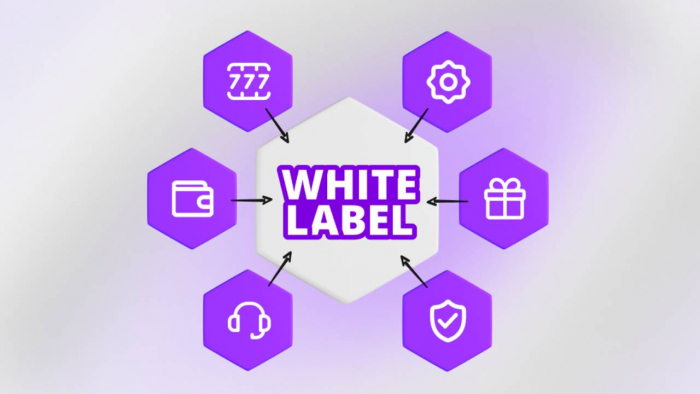If you work with Excel daily, you already know how time-consuming repetitive tasks can be. From cleaning data to generating reports, these processes eat up hours that could be spent on more valuable work. That’s where AI-powered automation tools step in. They don’t just save time; they also reduce errors, streamline workflows, and let you focus on decision-making instead of manual labor.
So, which AI tools are worth your attention, and what features should you look for when choosing one?
Why Automate Excel with AI?
Think about how often you copy data, reformat spreadsheets, or write formulas repeatedly. Now imagine handing that work off to an AI tool. As one Reddit discussion on automating repetitive Excel tasks highlights, many professionals spend more time cleaning and formatting than analyzing data. AI tools flip this around by learning patterns and applying automation across large datasets.
In fact, entire threads on automation of Excel tasks using AI show how teams are cutting project hours in half. Instead of spending days creating pivot tables, they’re using AI-driven scripts that refresh and update automatically.
Best AI Tools for Automating Excel Tasks
Let’s break down the top AI tools not only by functionality but also by pricing and standout features.
1. Power Automate (Microsoft)
- Best For: Microsoft ecosystem users
- Key Features: Workflow automation, pre-built templates, AI Builder integration for tasks like invoice processing
- Pricing: Starts at $15 per user/month for premium plans. Included with some Microsoft 365 subscriptions
- Unique Advantage: Native integration with Excel, Outlook, and Teams. Ideal if you want automation without extra software
2. UiPath
- Best For: Enterprises with complex workflows
- Key Features: Robotic Process Automation (RPA), AI-driven document processing, attended and unattended bots
- Pricing: Free Community Edition; enterprise pricing starts around $420/month per user (depending on scale)
- Unique Advantage: Scalability and strong AI + RPA integration. Great for automating finance, HR, and compliance-heavy tasks
3. Alteryx
- Best For: Data analysts and data scientists
- Key Features: Data blending, predictive analytics, drag-and-drop workflows
- Pricing: Designer license starts around $5,195 per user/year
- Unique Advantage: Powerful for cleaning, merging, and enriching data before it ever reaches Excel. Excellent for organizations with messy, large datasets
4. Zapier
- Best For: Small businesses and teams needing simple automations
- Key Features: App-to-app automation, easy-to-use interface, thousands of integrations
- Pricing: Free tier available; paid plans start at $19.99/month
- Unique Advantage: Minimal learning curve. You don’t need coding skills, making it perfect for startups or non-technical teams
5. MonkeyLearn
- Best For: Text-heavy datasets
- Key Features: Sentiment analysis, keyword extraction, text classification
- Pricing: Free plan available; paid plans start at $299/month
- Unique Advantage: Tailor-made for analyzing open-text survey results, customer reviews, and support tickets directly in Excel
6. Automation Anywhere
- Best For: Large enterprises needing secure, large-scale automation
- Key Features: Intelligent bots, AI-powered document processing, strong compliance tools
- Pricing: Cloud Starter Pack available for around $750/month
- Unique Advantage: Enterprise-grade security and governance. Especially useful in banking, healthcare, and government industries

Features to Look For in AI Excel Automation Tools
When choosing a tool, focus on features that match your workflow. Here are the most important ones:
- Seamless Integration: Can the tool connect directly with Excel and your other apps?
- No-Code/Low-Code Options: Does it allow non-technical users to build workflows?
- AI-Powered Insights: Beyond automation, can it analyze and suggest improvements?
- Scalability: Will it still perform well as your data grows?
- Customization: Can you create tailored rules for your specific business needs?
- Error Handling: Does the tool flag inconsistencies and ensure data accuracy?
A great discussion on which is the best tool for AI automation emphasizes that usability and flexibility matter just as much as raw capability. An advanced tool is only useful if your team can adopt it without friction.
Comparing Tools Side by Side
- Cost Efficiency: Zapier and Power Automate are more budget-friendly. UiPath and Automation Anywhere lean toward enterprise budgets.
- Learning Curve: Zapier is easiest for beginners. UiPath and Alteryx require more technical knowledge but deliver powerful results.
- Scalability: Automation Anywhere and UiPath are built for scaling to thousands of workflows. Zapier works best for small to mid-size teams.
- AI Depth: MonkeyLearn shines in natural language processing. UiPath and Alteryx combine AI with analytics for broader use cases.
- Security & Compliance: Automation Anywhere leads here, followed by UiPath.
Real-World Applications
- Finance: Automating invoice matching and expense reports with UiPath
- Marketing: Using MonkeyLearn to analyze thousands of customer reviews and then visualizing sentiment in Excel
- Small Business: Setting up Zapier to move Shopify orders directly into Excel spreadsheets for easy sales tracking
- Corporate Teams: Power Automate scheduling Excel-based reports to be sent automatically in Teams every Monday
Quick Decision Framework: Which Tool Should You Choose?
- If you want affordability and simplicity, → Start with Zapier.
- If you’re in a Microsoft-heavy environment, → Go with Power Automate.
- If you’re analyzing large, messy datasets, → Choose Alteryx.
- If you need NLP and text analysis, → Use MonkeyLearn.
- If you want enterprise-scale automation, → Look at UiPath or Automation Anywhere.
The Right Choice
Automating repetitive Excel tasks with AI is no longer a luxury; it’s becoming a necessity for efficiency. Whether you need lightweight automation with Zapier or enterprise-grade solutions like UiPath, the right tool depends on your goals and scale. Focus on integration, ease of use, and long-term scalability.
Once you automate, you’ll never look at manual spreadsheets the same way again. The payoff isn’t just time saved—it’s fewer mistakes, faster insights, and a team that finally has space to think strategically instead of drowning in repetitive work.
Post Comment
Be the first to post comment!





